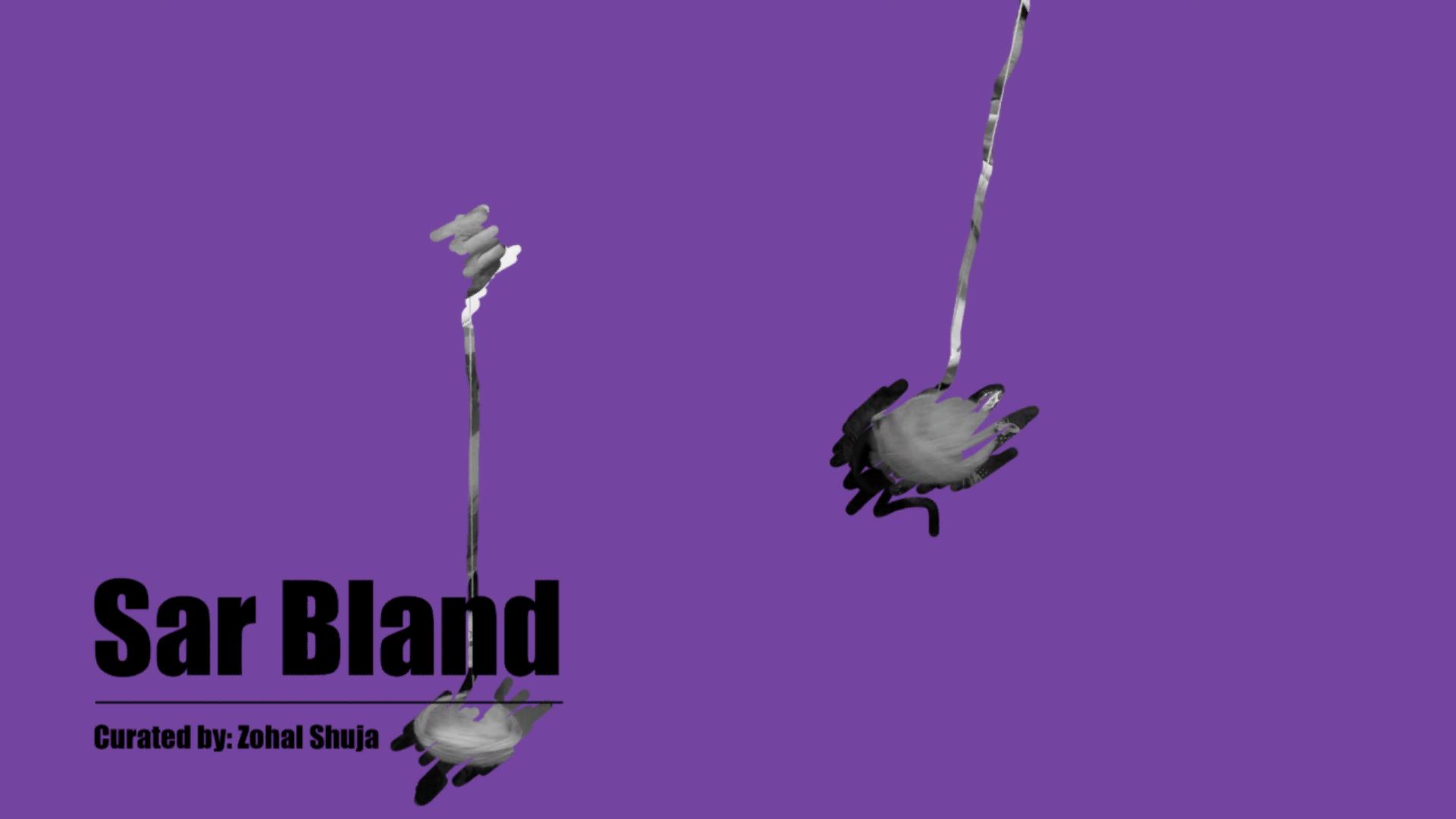

weave and sew are reflected more. The purpose of this literary art work is to find out what
unpleasant traditional conditions, suffocating and difficult atmosphere Afghan rural women work
under to create art
It has been the war in Afghanistan since long ago, which has drawn foreign photographers to this
country, cameras and guns ha... more >> Perhaps, after seeing these literary art works, viewers may wonder why the women who
weave and sew are reflected more. The purpose of this literary art work is to find out what
unpleasant traditional conditions, suffocating and difficult atmosphere Afghan rural women work
under to create art
It has been the war in Afghanistan since long ago, which has drawn foreign photographers to this
country, cameras and guns have been placed together. In 1879, an Irish photographer named
John Burke, who served in the British army, came to Afghanistan for the first time with his camera
and photographed the scenes of the Second Afghan-British war as well as the normal life of the
people. He was the first war photographer who introduced Afghanistan to the world through his
pictures as a wild country with warlike people. The people of the world know Afghans more as
good subjects for photography rather good photographs, but the truth is not like that, for
example Zahir Shah who was the king of Afghanistan who took a photograph of a broken
sculpture in one of the villages, which paved the way for a team of French archeologists to
discover the Greco-Western city of "Ai Khanum" in Afghanistan.
Art shines like the sun everywhere, it does not know the people’s language or the region.
As a journalist for more than twenty years, I have traveled to a large number of villages in 34
provinces of Afghanistan. One of my journalistic activities was taking photos of the daily life of
the villagers. In this genre of journalism, I have tried to reveal the life of villagers full of problems
but pleasant to them and to inform the eye of the viewer by publishing and showing their photos.
The majority of our villagers are deprived of the basic priorities of survival, but they are trying to survive. While taking photos, I have tried to portray the scarf of poverty which is a hidden enemy
of men and women, young and old especially rural children, which has led them to malnutrition
and taken their lives as sacrifices. For example, in the selected literary works, you can see a boy from Bamiyan who has dry bread in his hands and mouth to reduce his hunger.
I have tried to reflect the real life of women who work in bad conditions in these photos. During
the trip to the villages, seeing and visiting the villagers, my attention has always been drawn not
by them living, but by their survival. I have seen the problems that have plagued men and women,
young and old, and children and have created a motivation in my mind. In my literary photo art,
I have tried to reflect the loving but unpleasant life of village women, men and children, and by
publishing their photos, I have sent a message to the government and the world community that
in this era of advancement with this much new technology, my countrymen are living and
working worse than the first humans living on earth the initial commune period. working worse than the first humans living on earth the initial commune period.
In the end, if you viewers pay attention to these (16) literary art works that I have put on display
for you literally and carefully, each of them has words, reasons and whys, “a picture with a
thousand words" shines from each one of them like sunshine.










